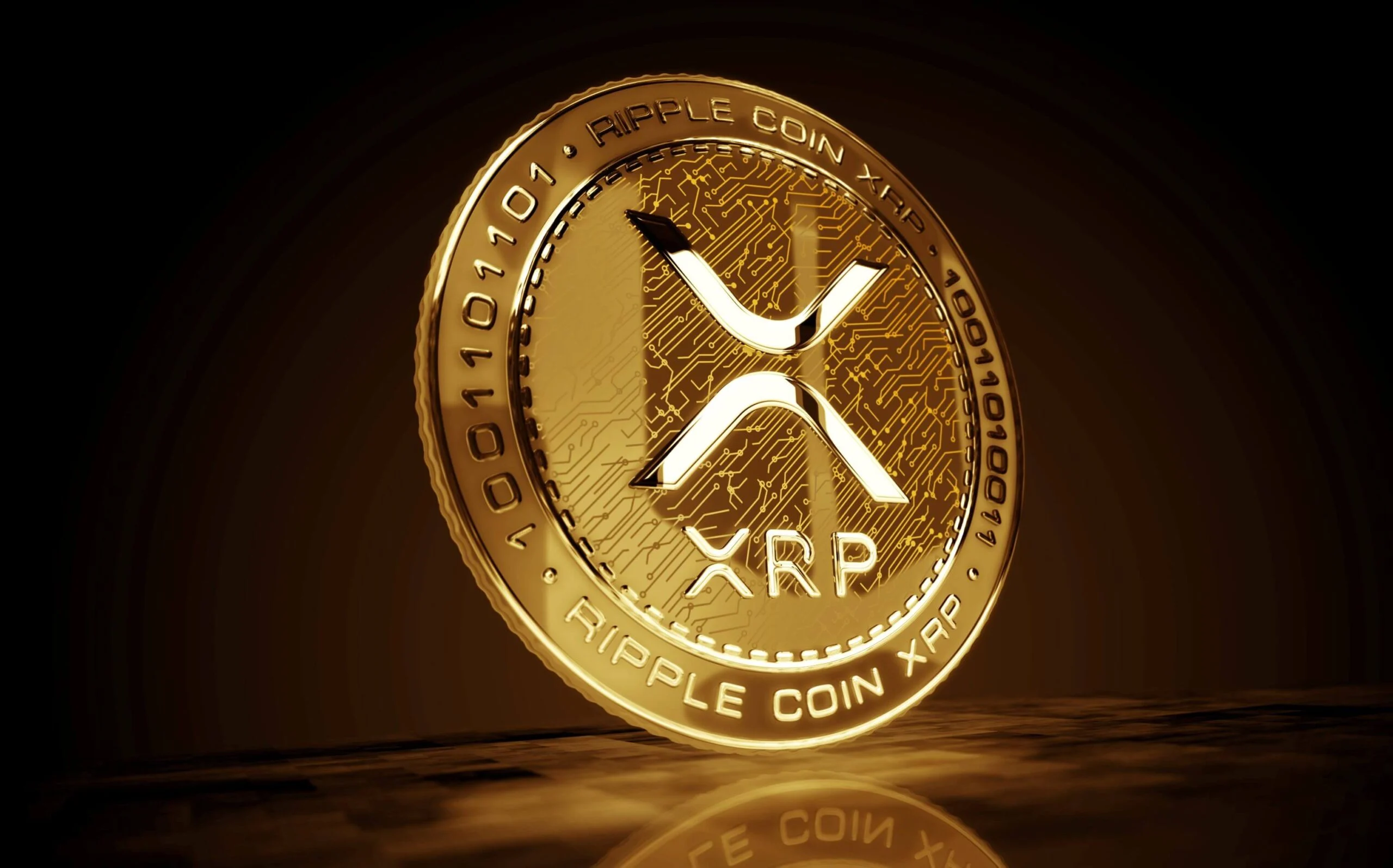Vitalik Buterin Endorses Ethereum Treasury Companies, Warns Against Excessive Leverage

Ethereum co-founder Vitalik Buterin has voiced clear support for the fast-emerging class of public companies dedicated to holding Ether (ETH) as a treasury asset but he also sounded a strong note of caution about the dangers of overleverage in this growing trend. Buterin’s balanced perspective is shaping Wall Street’s evolving approach to Ethereum as its market recovers and expands.
Public Companies Fuel ETH’s Institutional Expansion
In a recent interview on the Bankless podcast, Buterin shared his view that the rise of Ethereum treasury companies firms that buy, hold, and sometimes leverage large amounts of ETH brings valuable benefits to the ecosystem. According to Buterin, such companies widen access to Ether by offering more ways for investors, especially those with “different financial circumstances,” to gain exposure to the token without directly managing their own crypto wallets.
“There’s definitely valuable services that are being provided there,” Buterin remarked, highlighting how this Wall Street trend is making ETH more accessible to mainstream and institutional investors.
ETH Treasury Firms: Billions on the Balance Sheet
The market for public companies holding ETH has surged in 2025. As of August, total Ether holdings among these firms have ballooned to nearly $12 billion, according to industry data. Leadership in the space includes BitMine Immersion Technologies (833,100 ETH, valued at $3.2 billion), SharpLink Gaming ($2 billion in ETH), and The Ether Machine ($1.34 billion), alongside stalwarts like the Ethereum Foundation and PulseChain.
This growing asset base has fueled ETH’s renewed momentum, helping the token rally by more than 160% from April lows and narrowing the gap with other top cryptocurrencies like Bitcoin and Solana.
The Leverage Question: Benefits and Risks
While Buterin applauds the legitimacy and broadened access that ETH treasury firms bring, he is wary of excessive leverage. He describes a “worst-case chain reaction” scenario, where a major drop in ETH’s price could trigger forced sell-offs and liquidations among highly leveraged holders, exacerbating the market downturn and undermining confidence in Ether itself.
Importantly, Buterin believes current ETH institutional investors are more disciplined and less prone to reckless risk-taking than the market actors involved in infamous collapses. “These are not Do Kwon followers that we’re talking about,” he noted, referencing the meltdown of the Terra blockchain and its algorithmic stablecoin in 2022.
ETH Price Performance and Market Impact
2025 has been a rollercoaster year for Ethereum’s native token. ETH tumbled from $3,685 in January to a 2025 low of $1,470 in April, before staging a dramatic rally of over 163% to its current price of around $3,870. Many analysts attribute the resurgent strength of ETH in large part to the aggressive buying and holding activity from treasury firms, giving new stability and institutional legitimacy to the asset.
This ETH-driven treasury movement is helping Ethereum close the performance gap with market leaders Bitcoin and Solana, reigniting excitement around the protocol’s utility, developer community, and role in decentralized finance (DeFi).
Key Takeaways for Ethereum Investors
- Ethereum treasury companies are expanding ETH access to a broader array of institutional and retail investors.
- Buterin supports the trend, but warns against excessive leverage that could amplify downside risk and destabilize the market.
- The ETH treasury sector has grown to nearly $12 billion, with BitMine, SharpLink, and The Ether Machine holding the lion’s share.
- ETH’s price rebound and the corporate treasury trend are interlinked, propelling Ethereum’s momentum in the current bull cycle.
Ethical treasury management and disciplined leverage could be the key to ensuring Ethereum’s ongoing growth shaping a future where both accessibility and financial stability are at the heart of its ecosystem.







